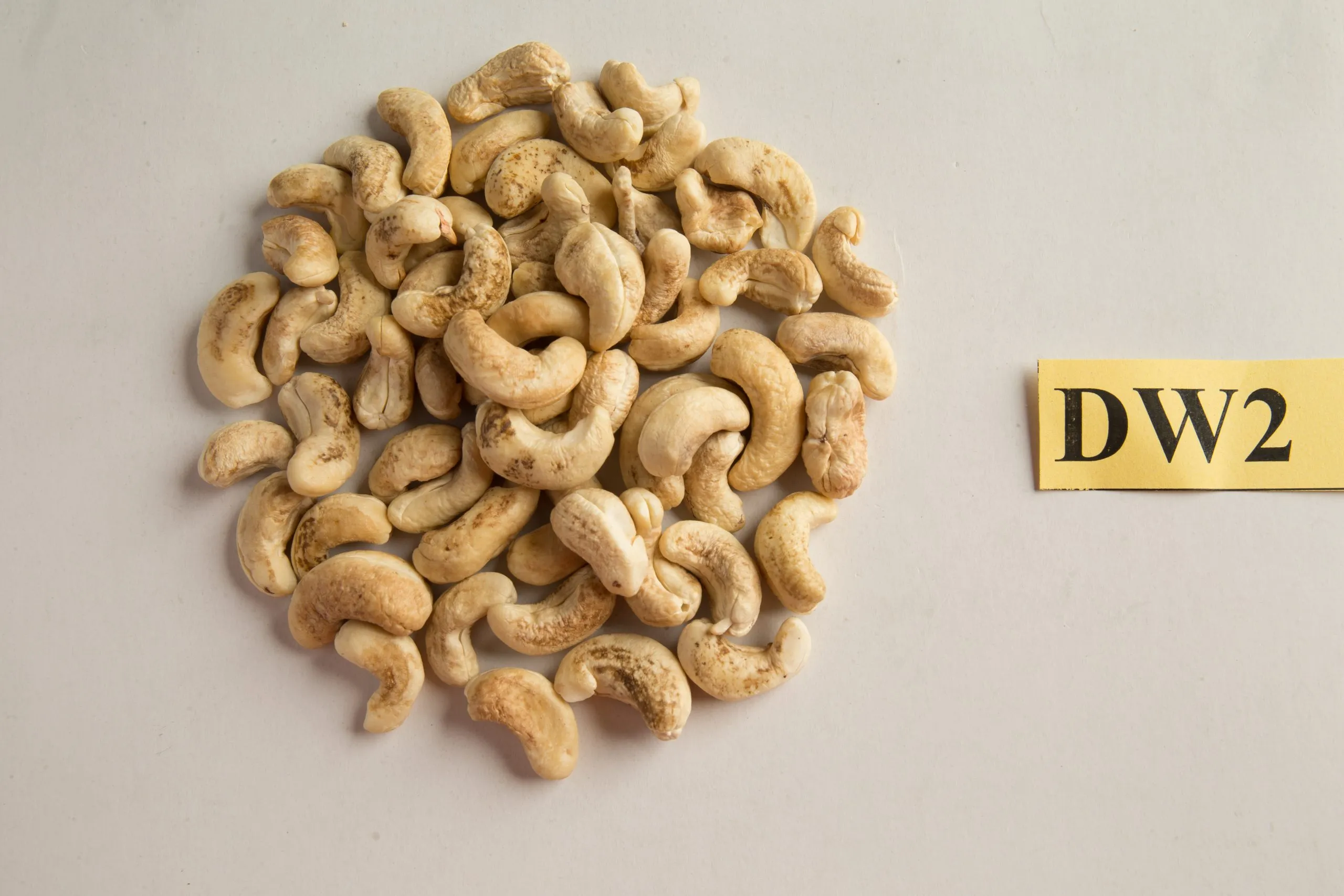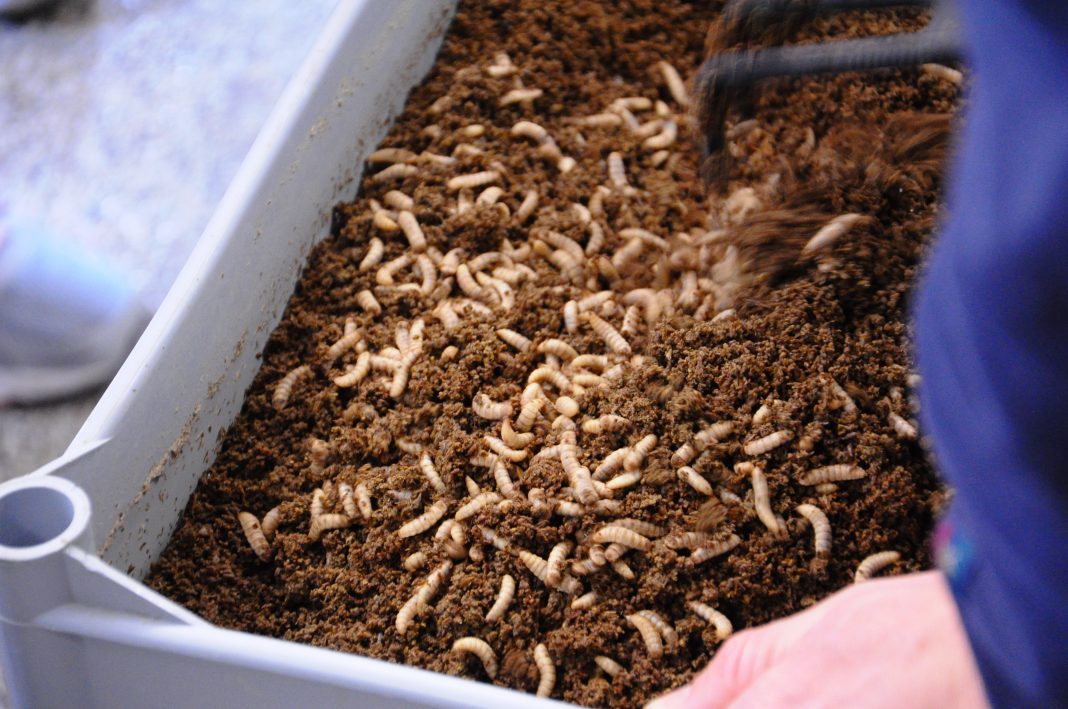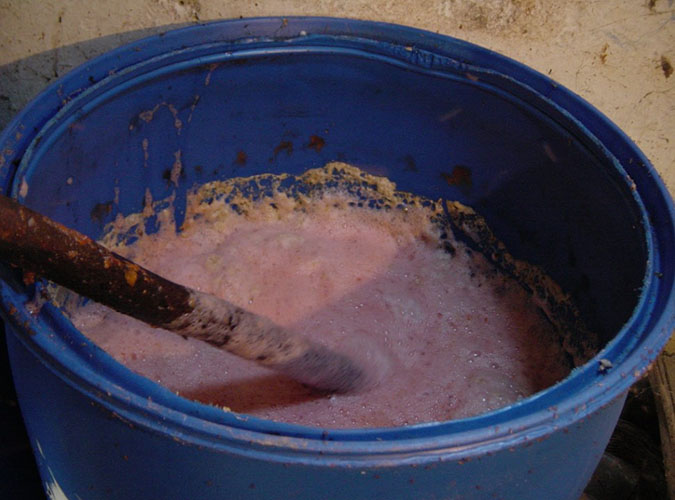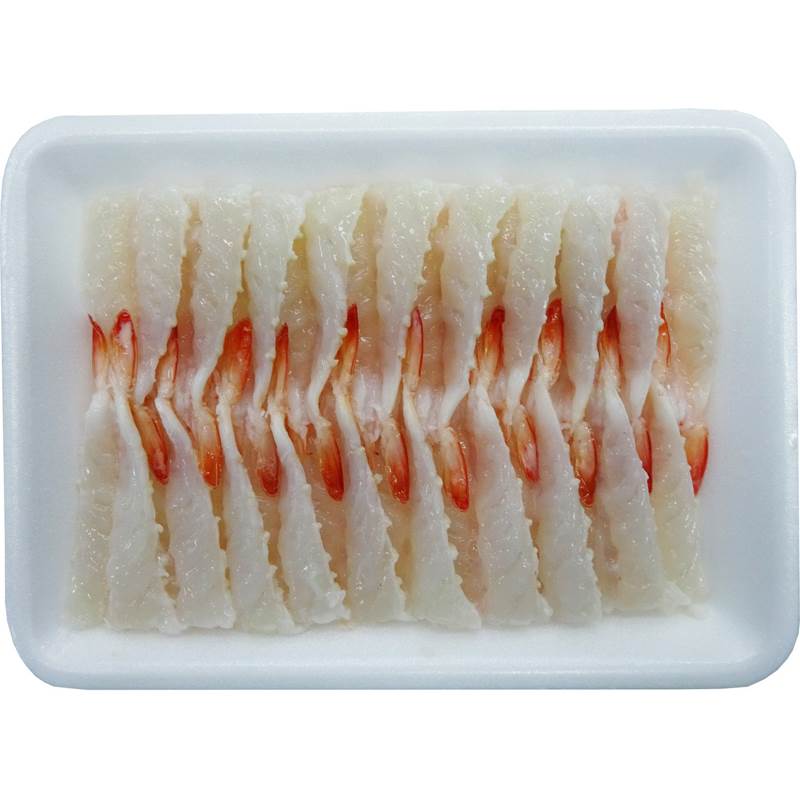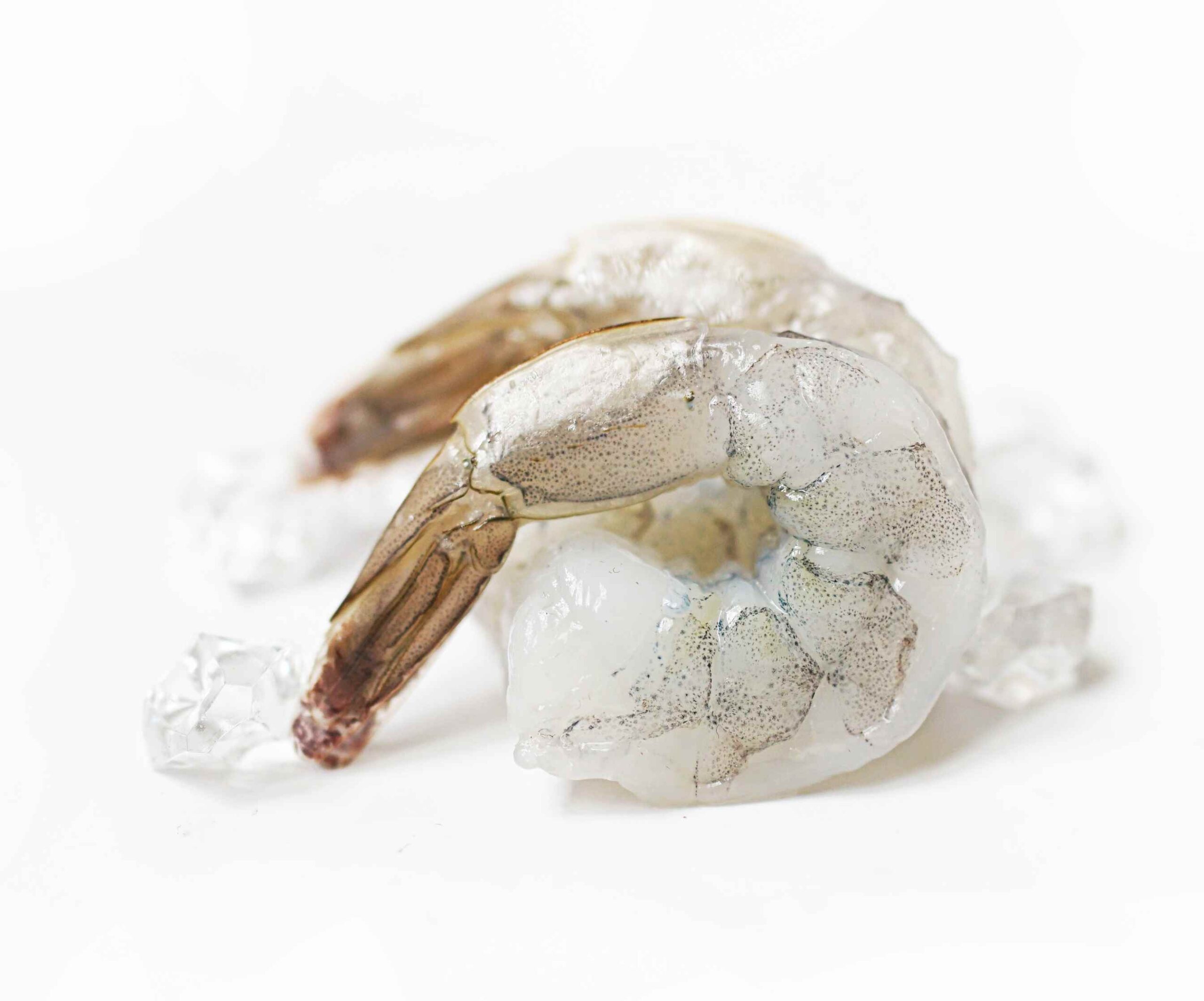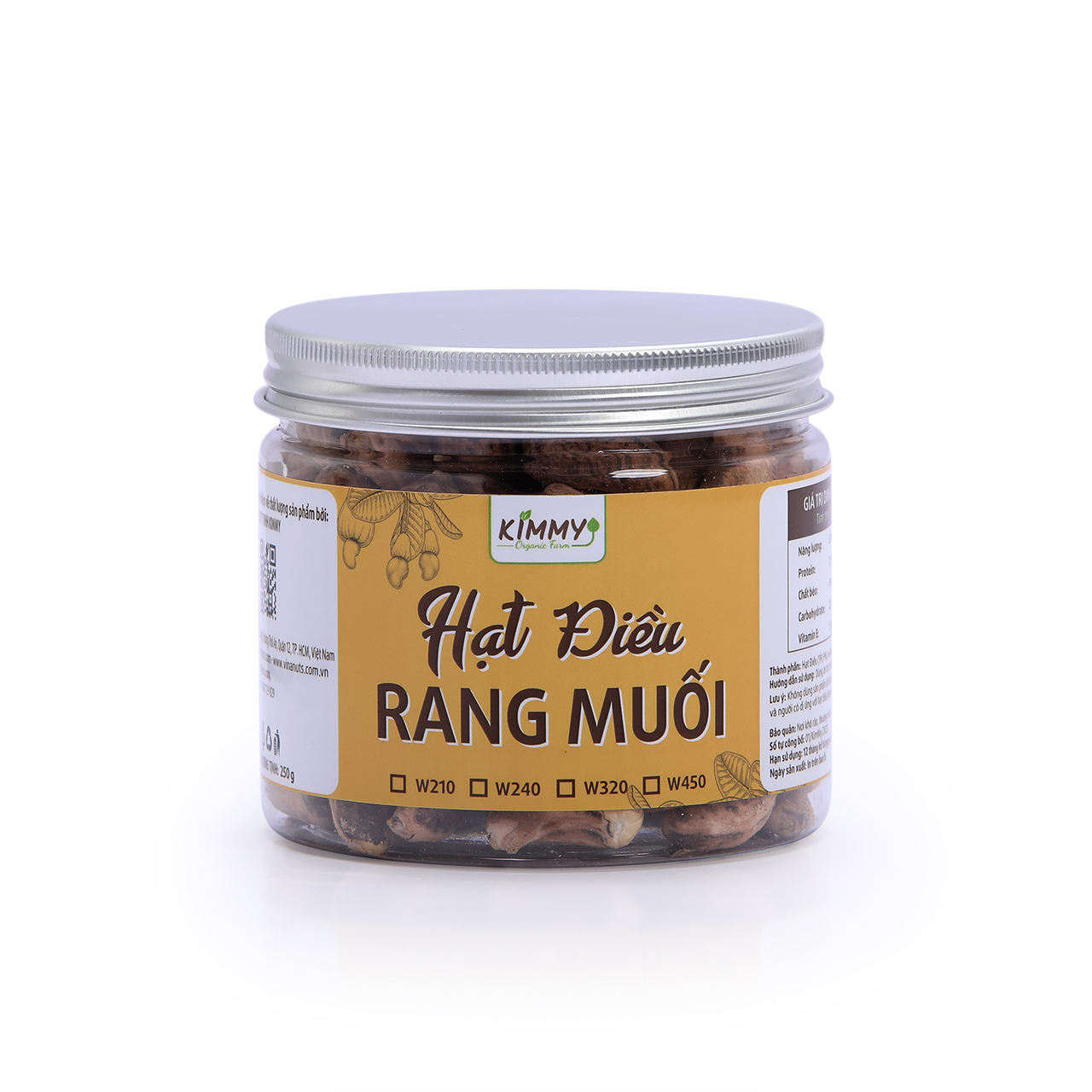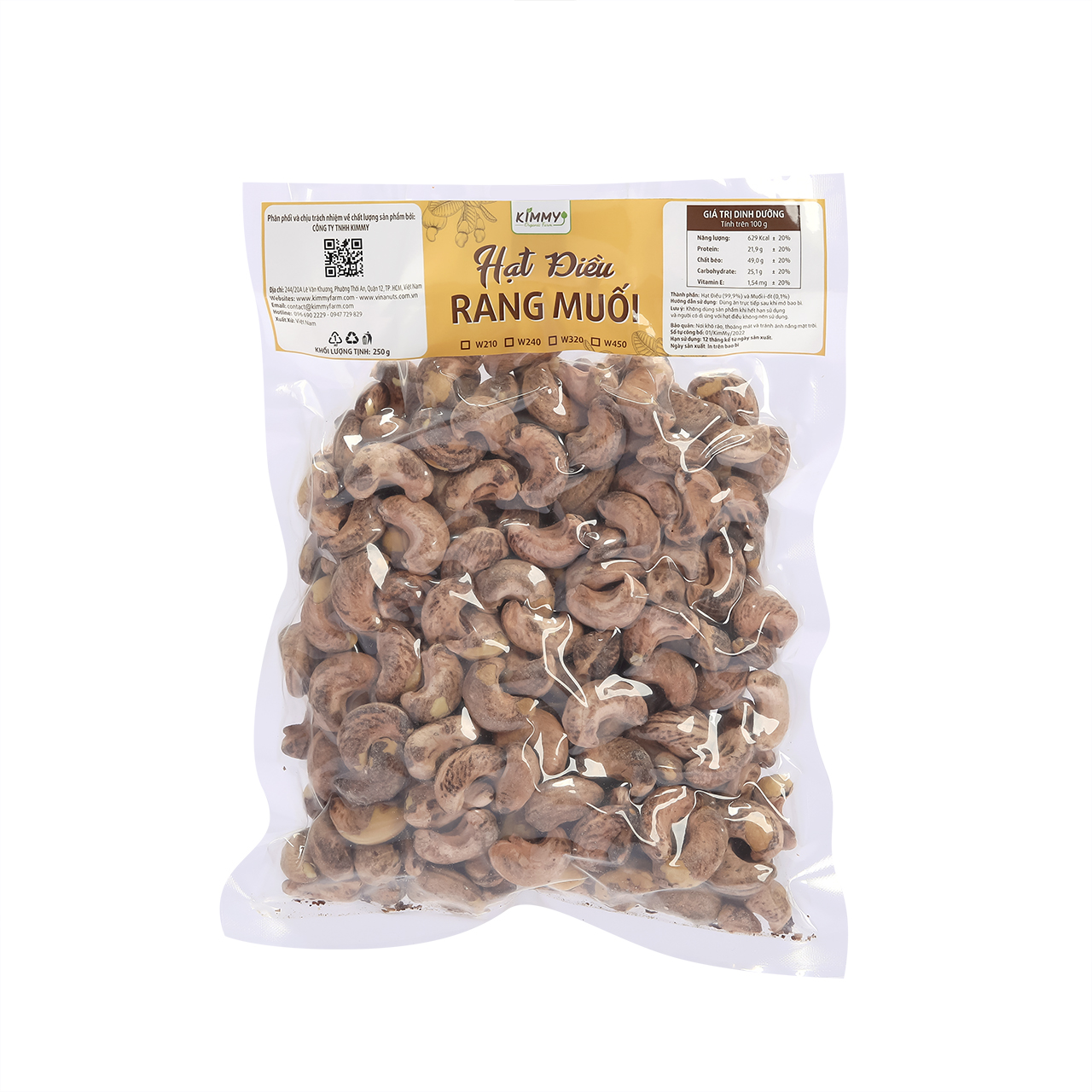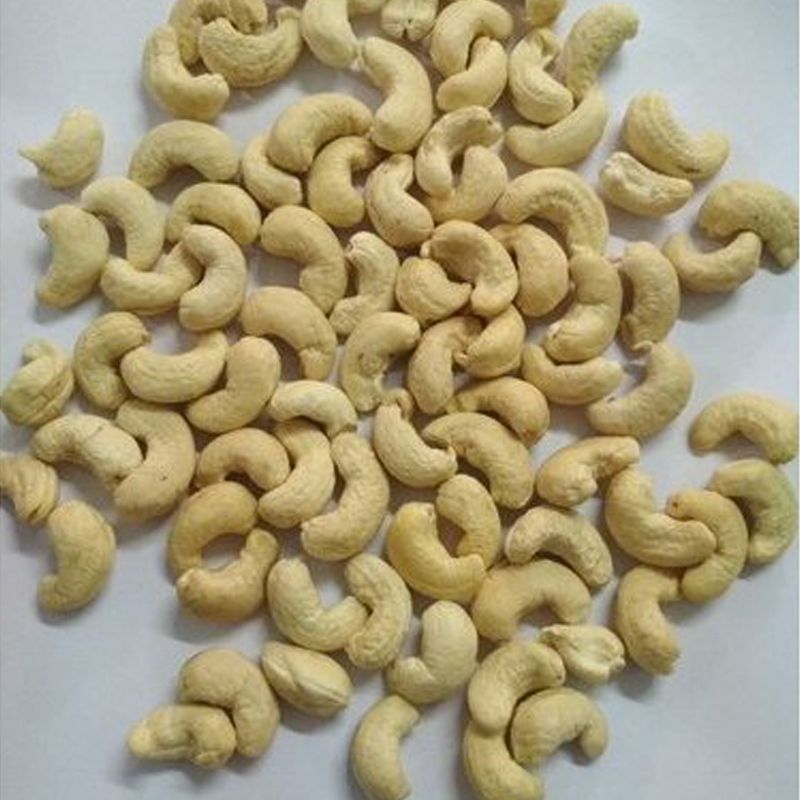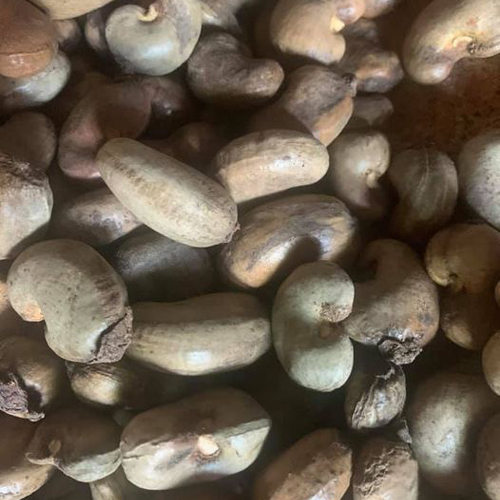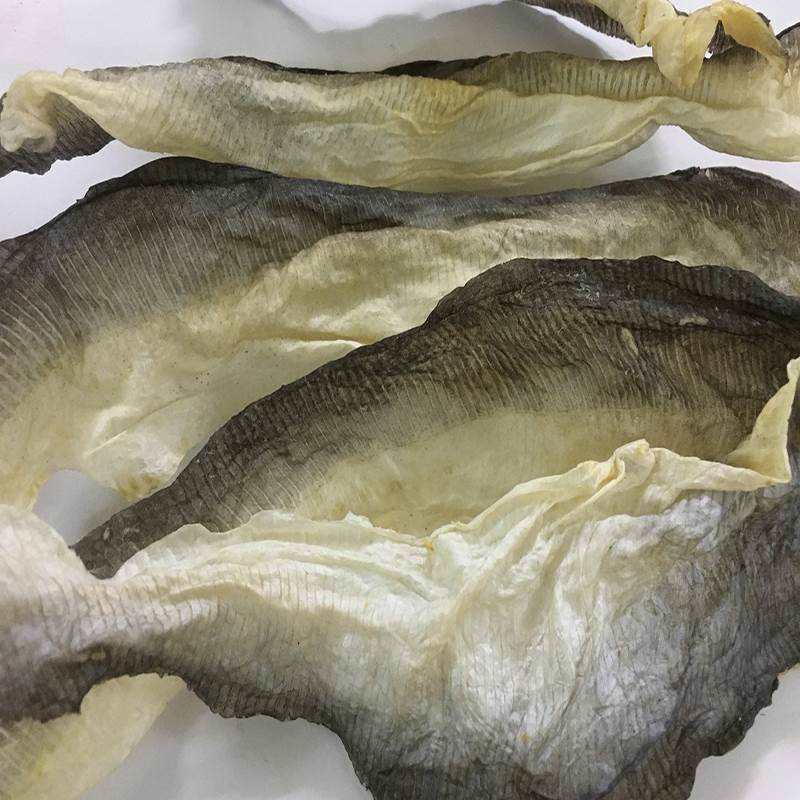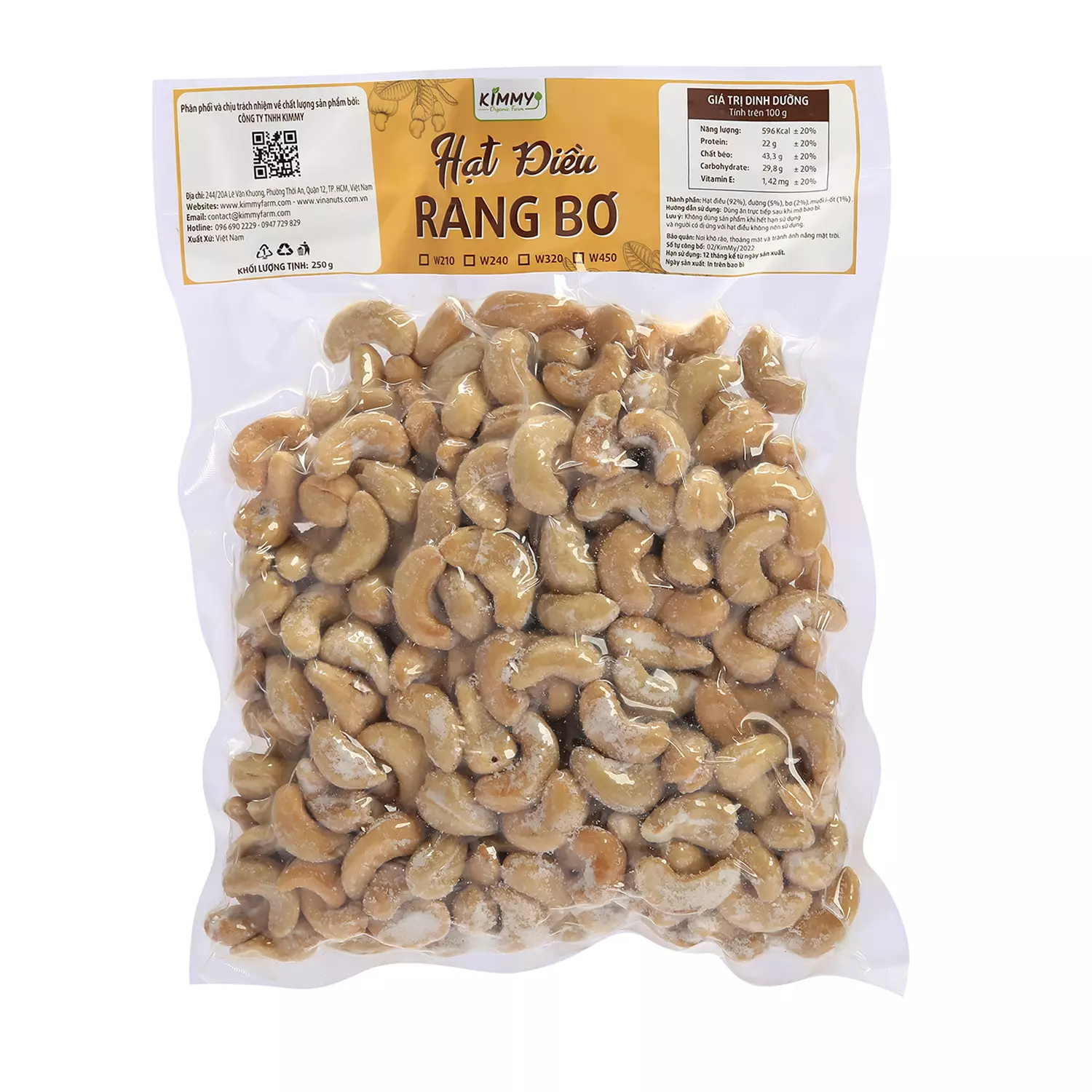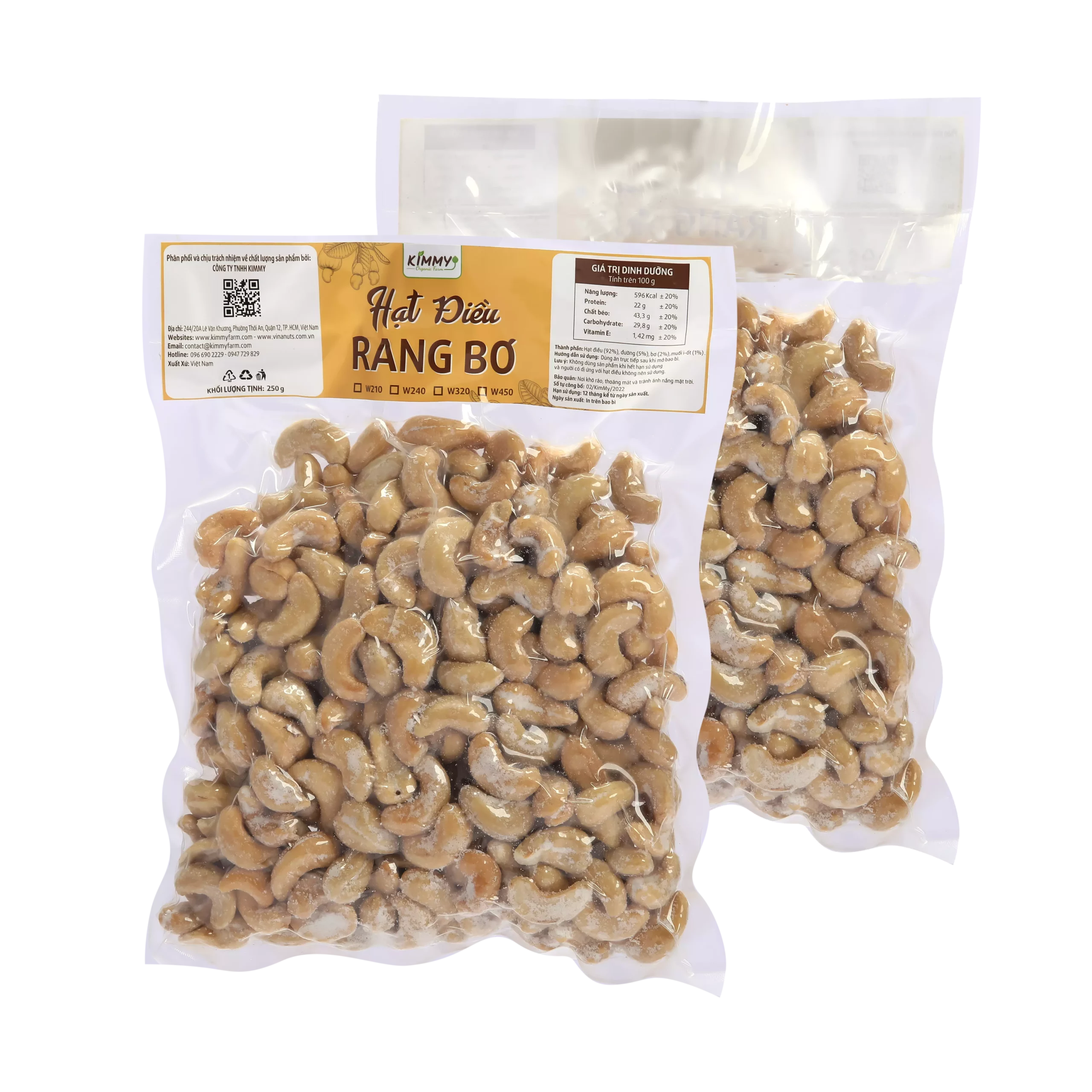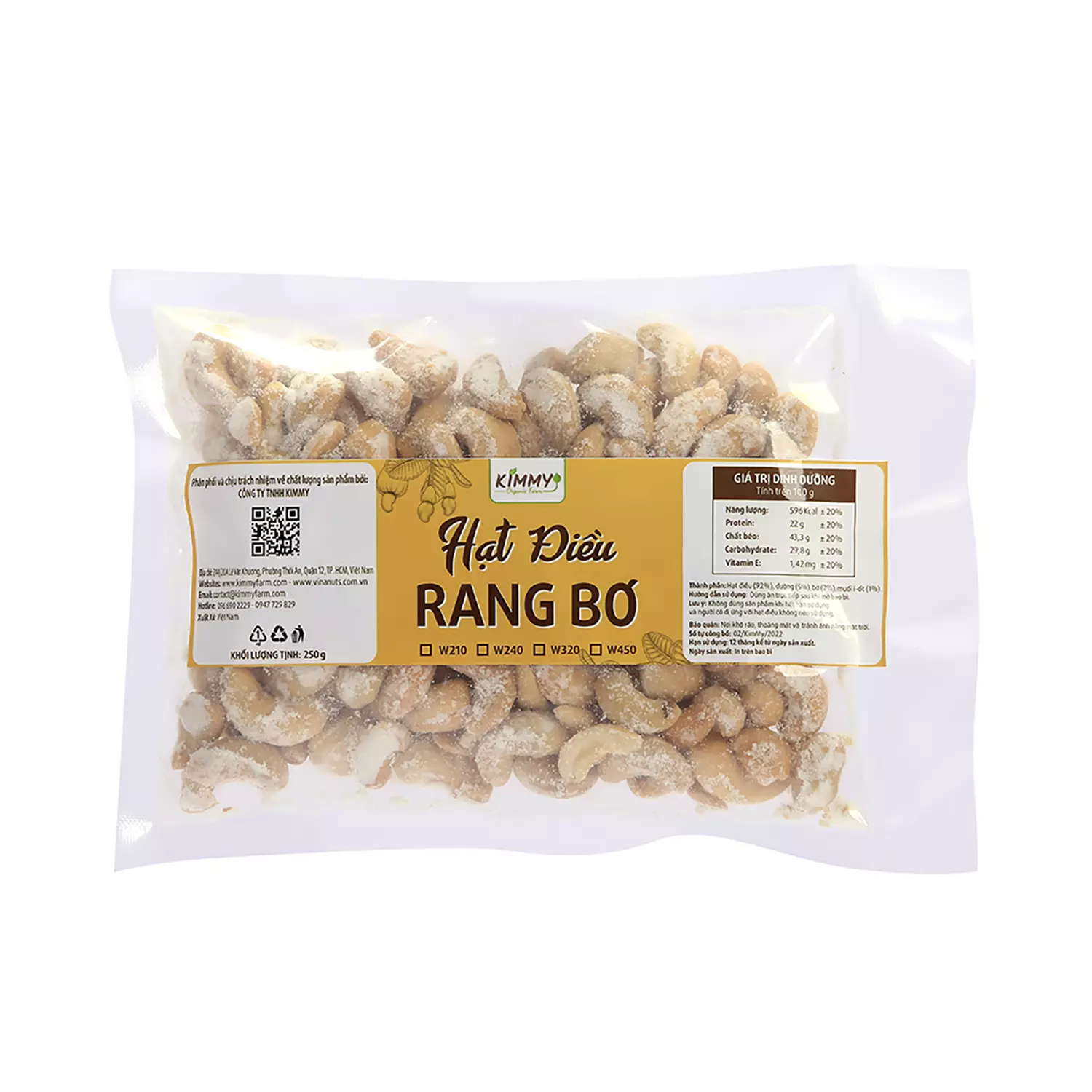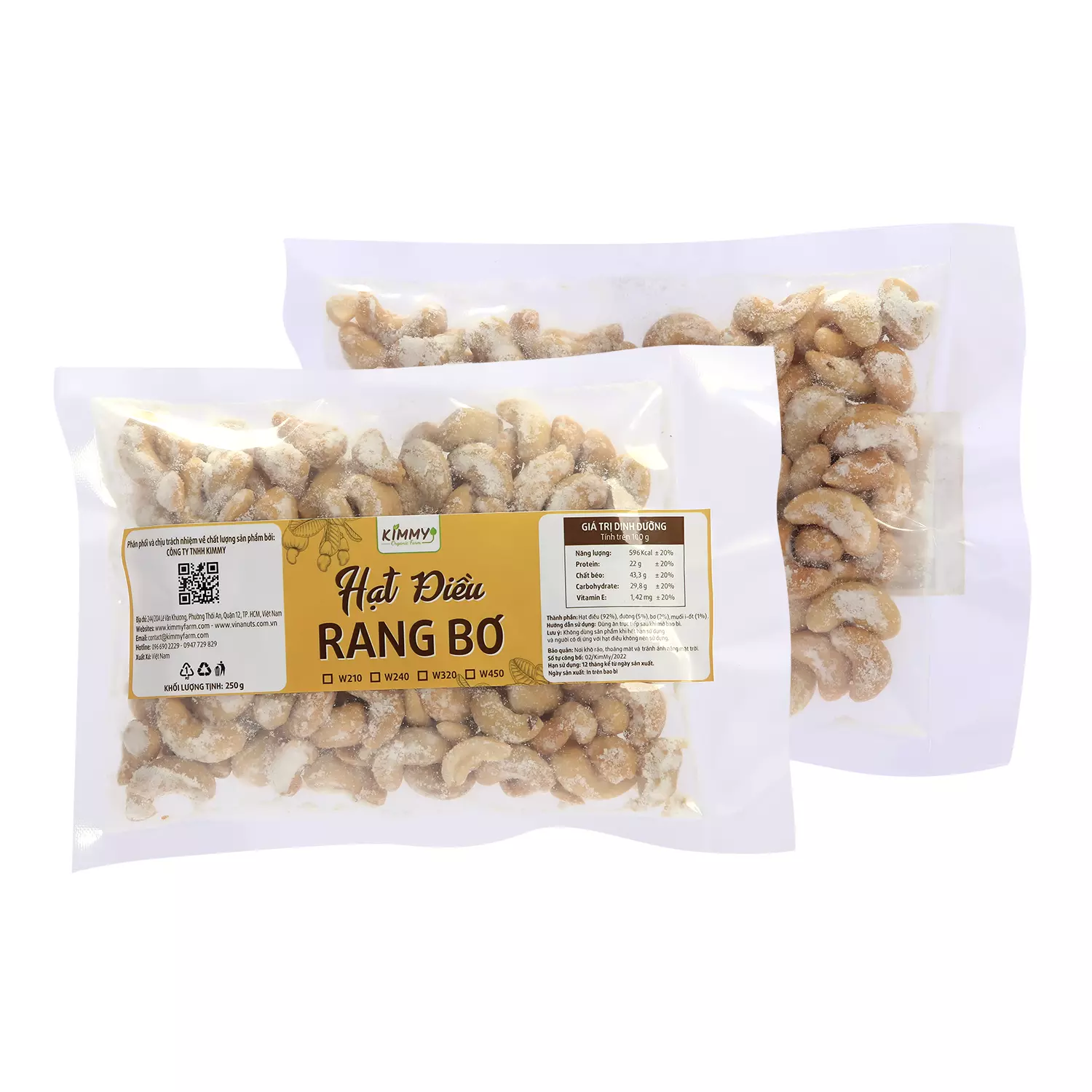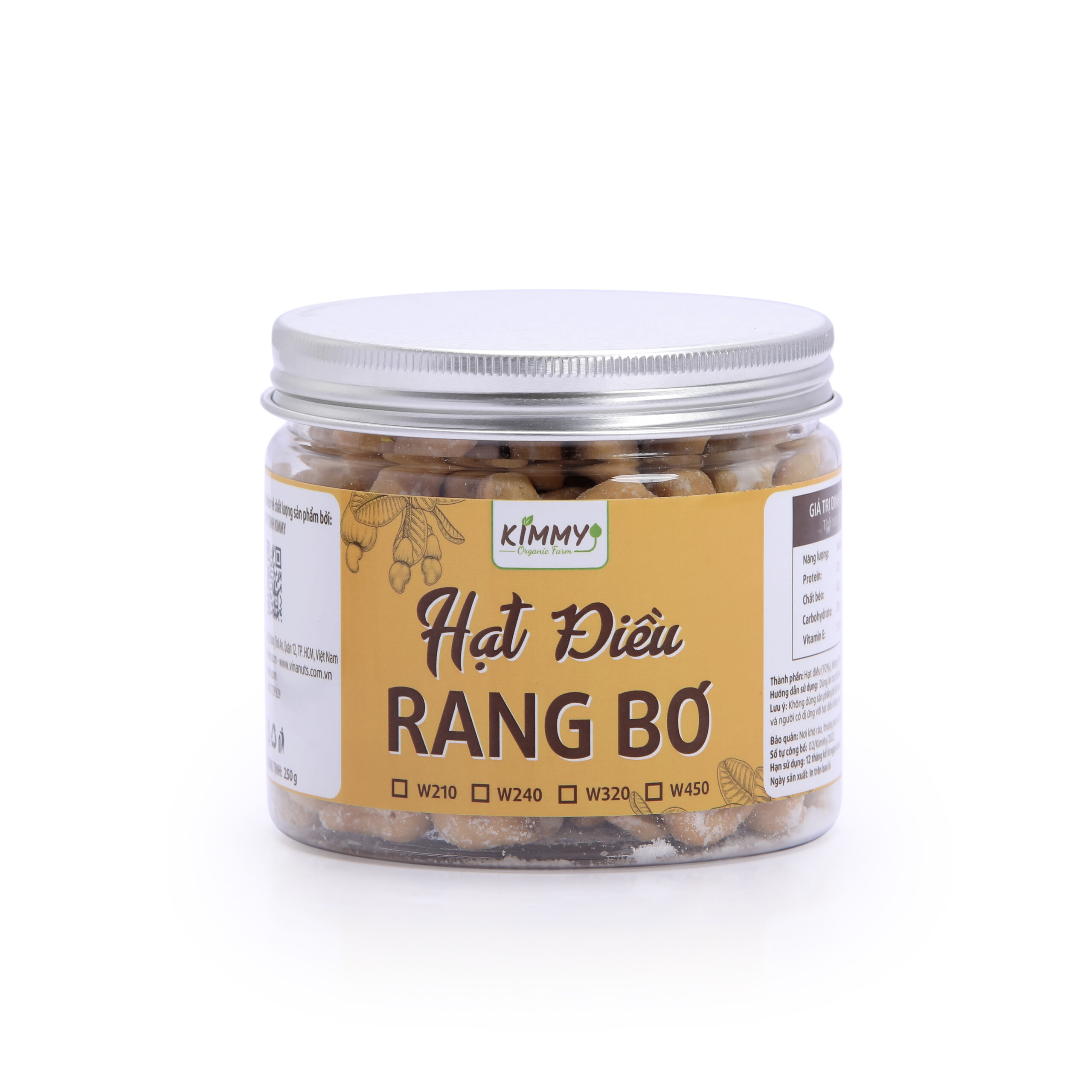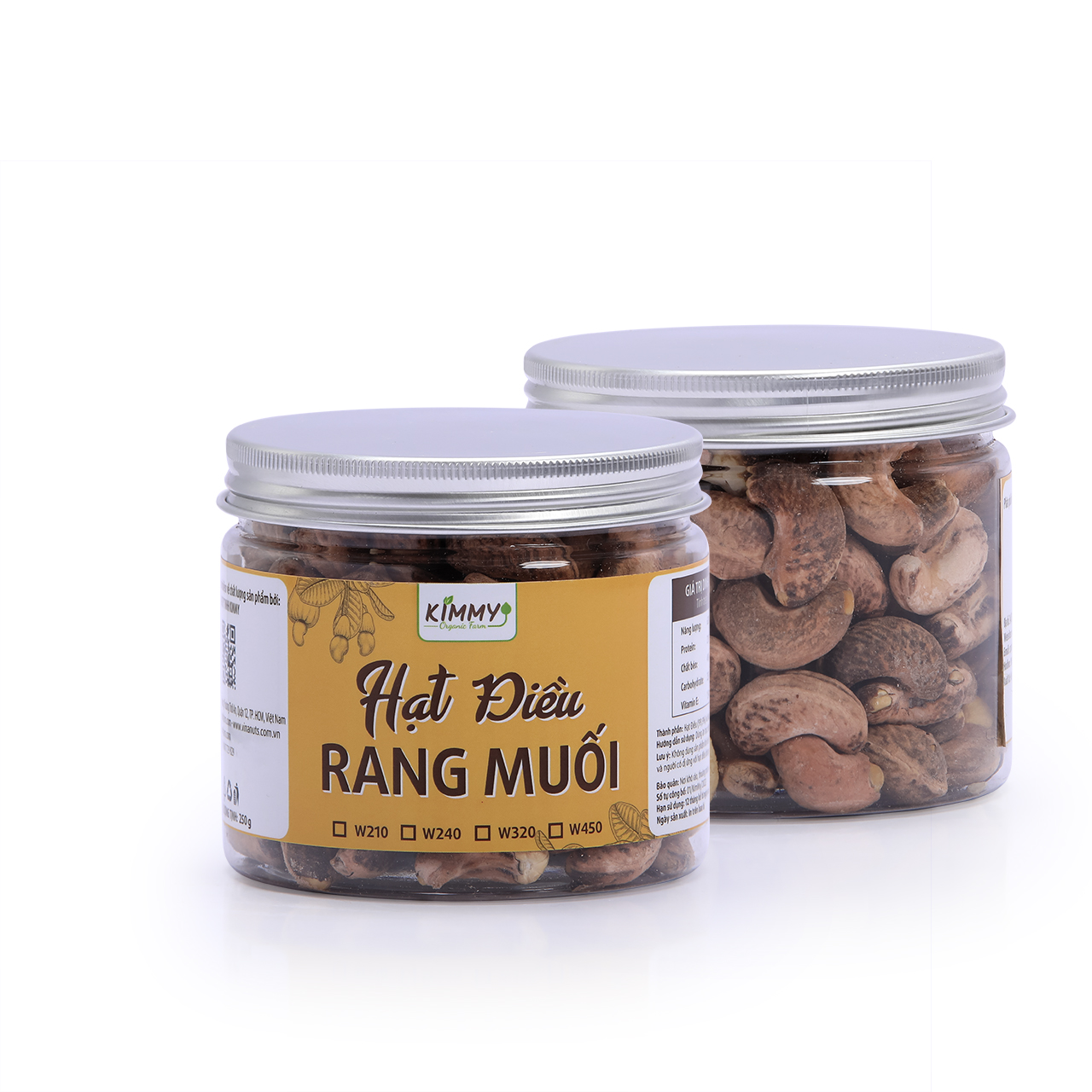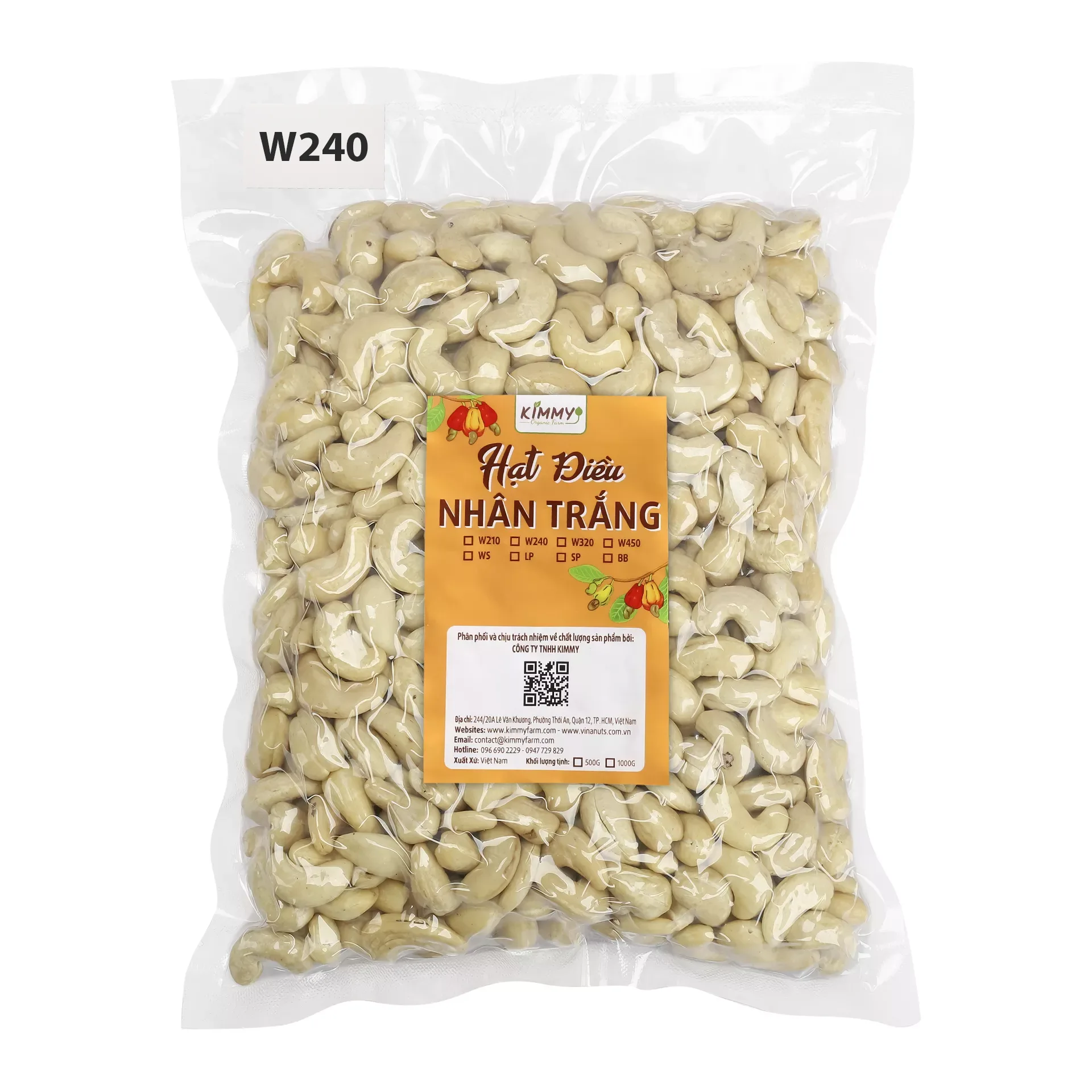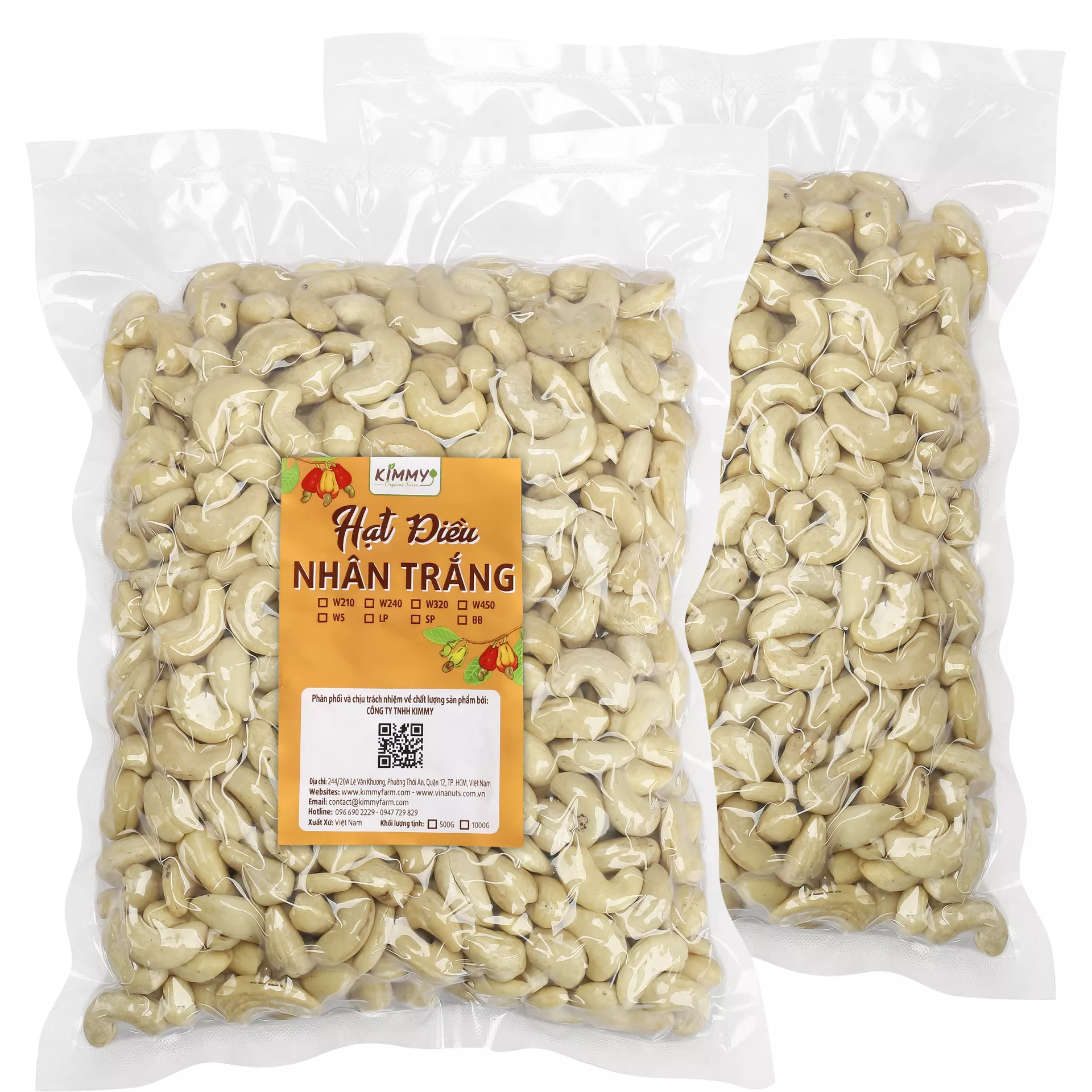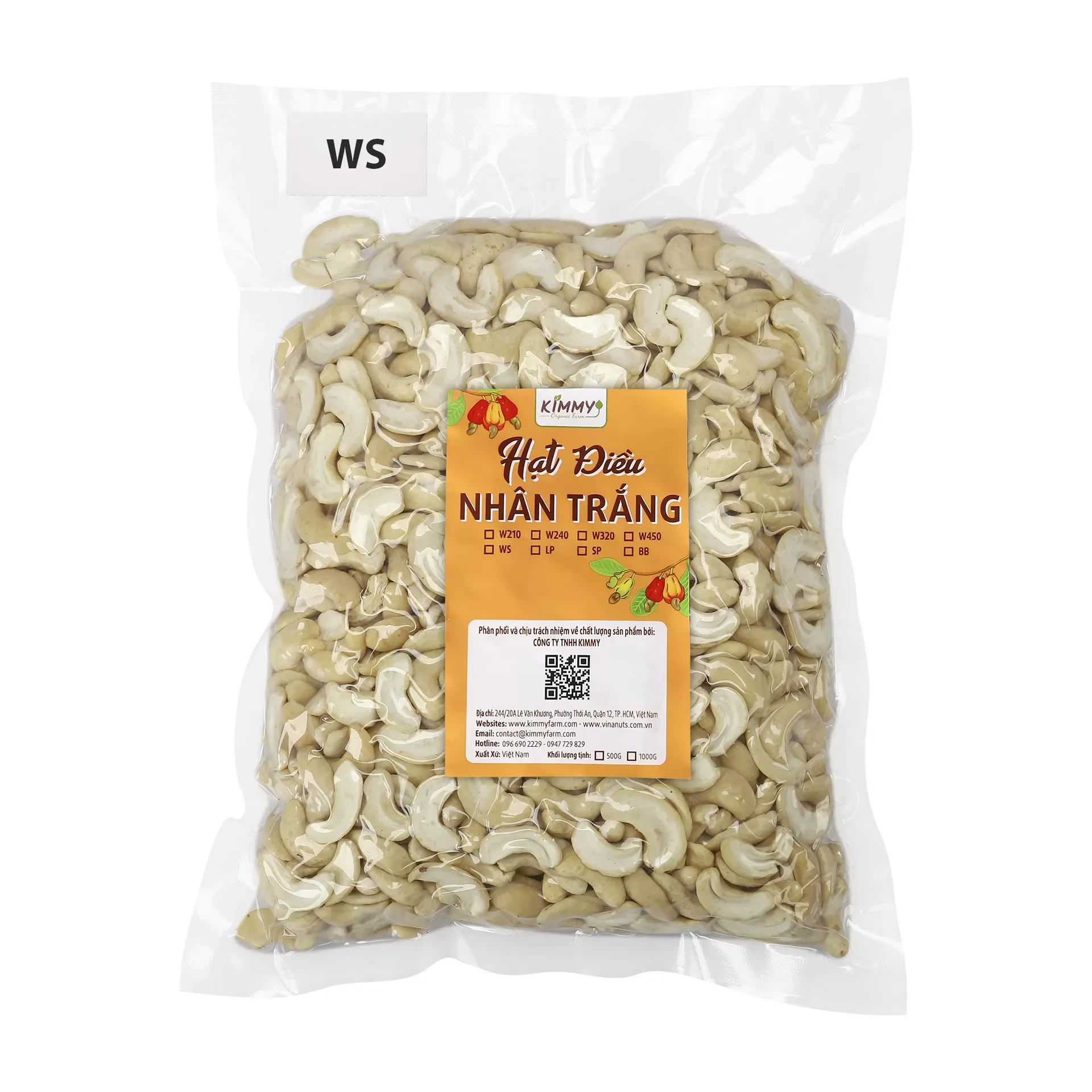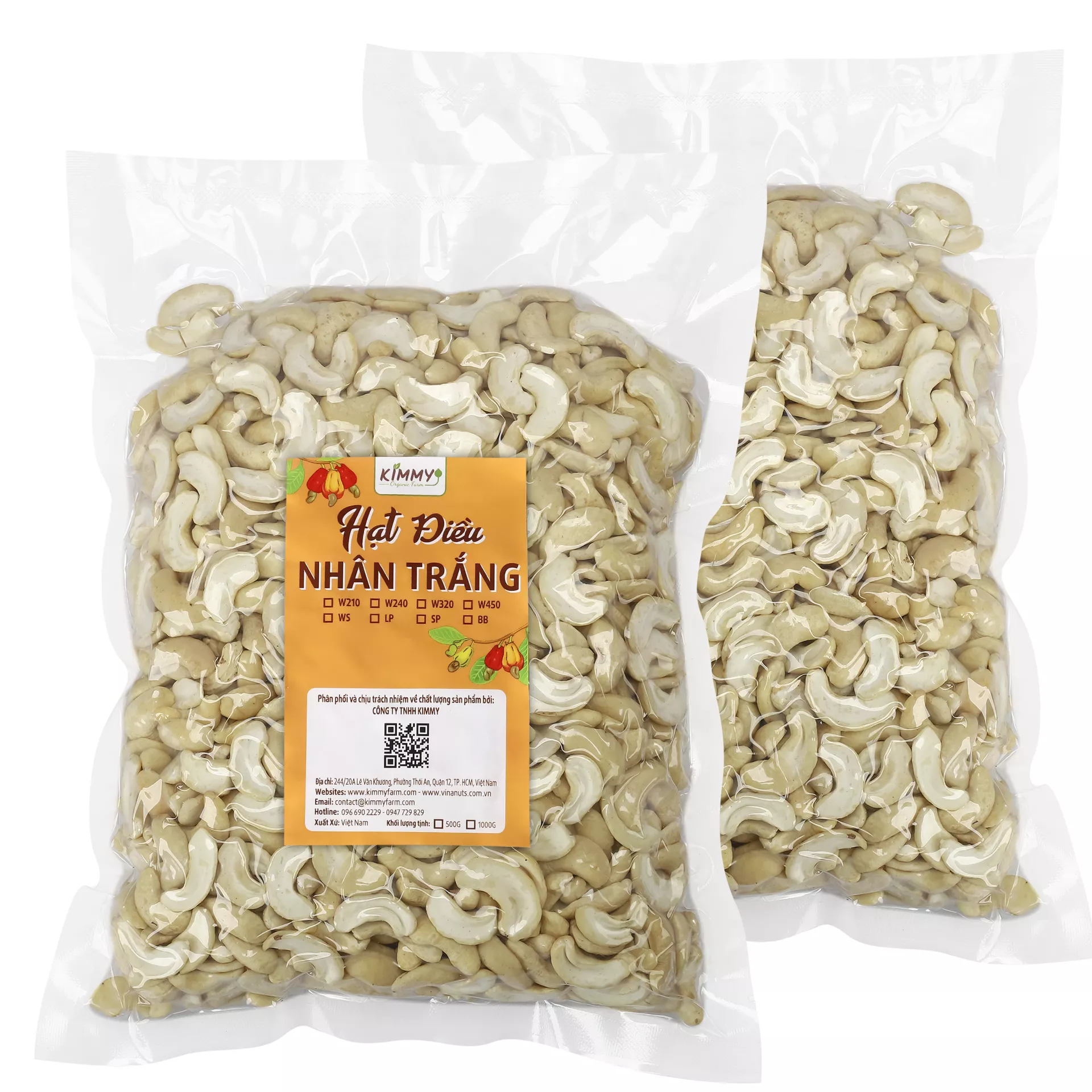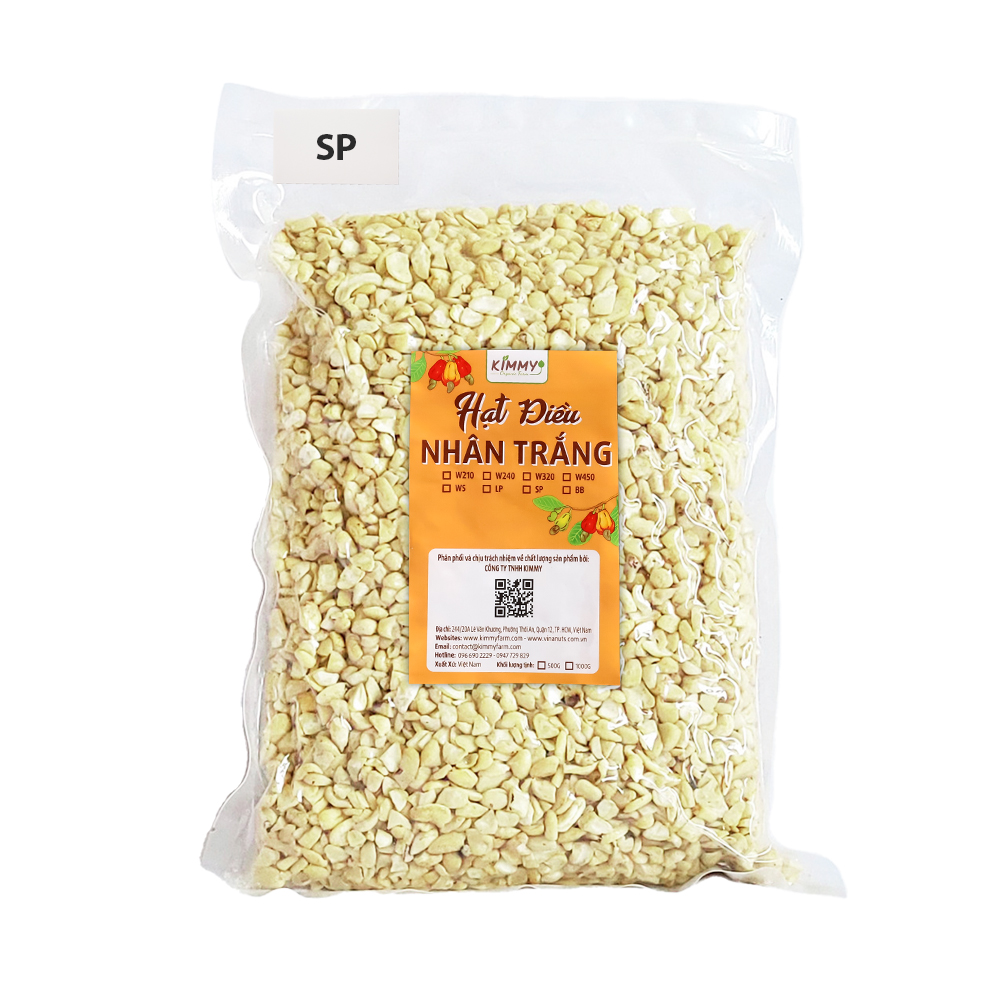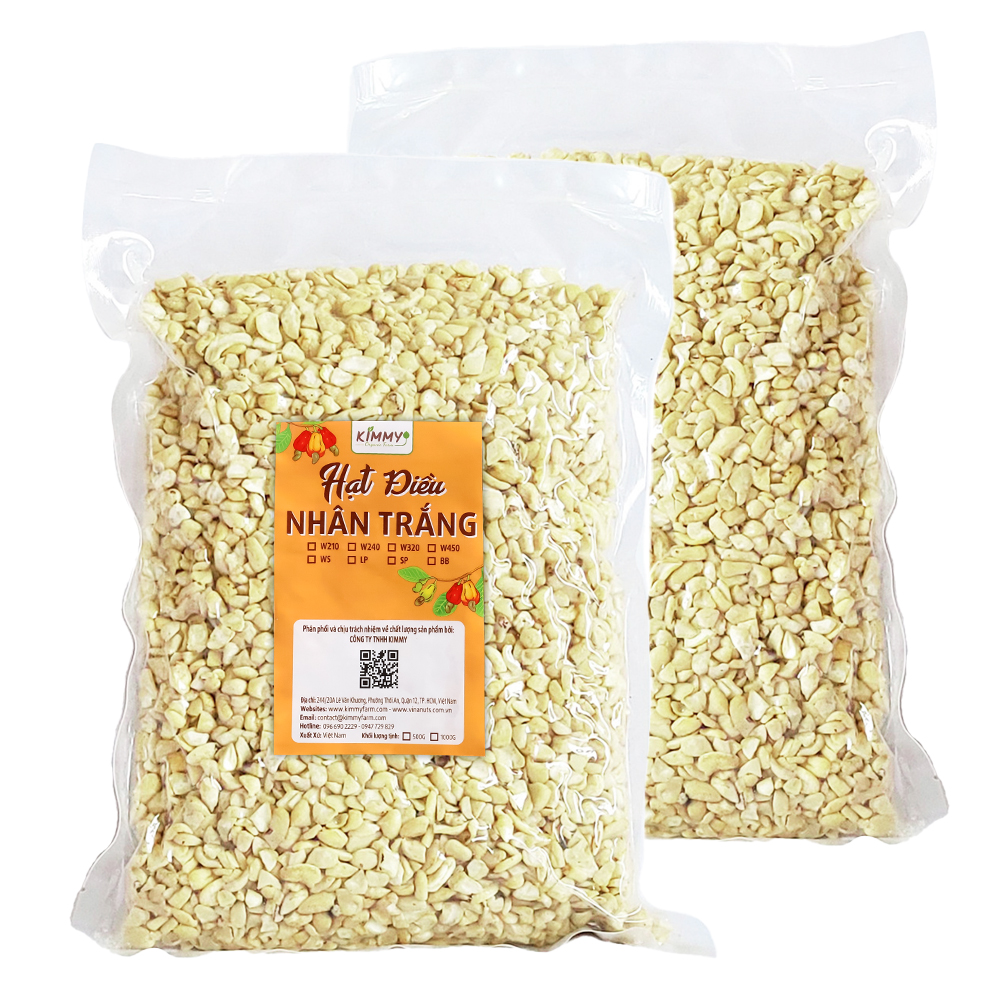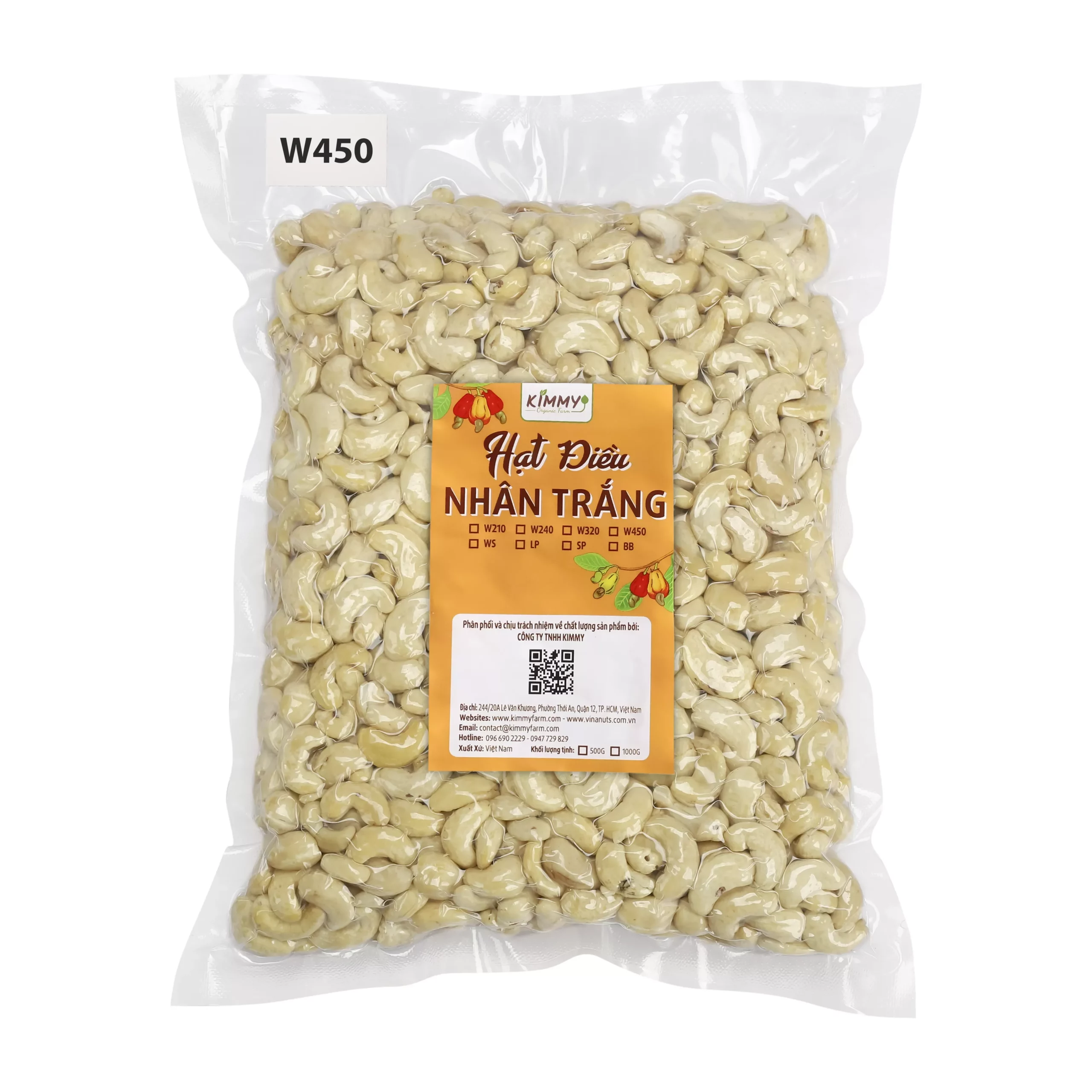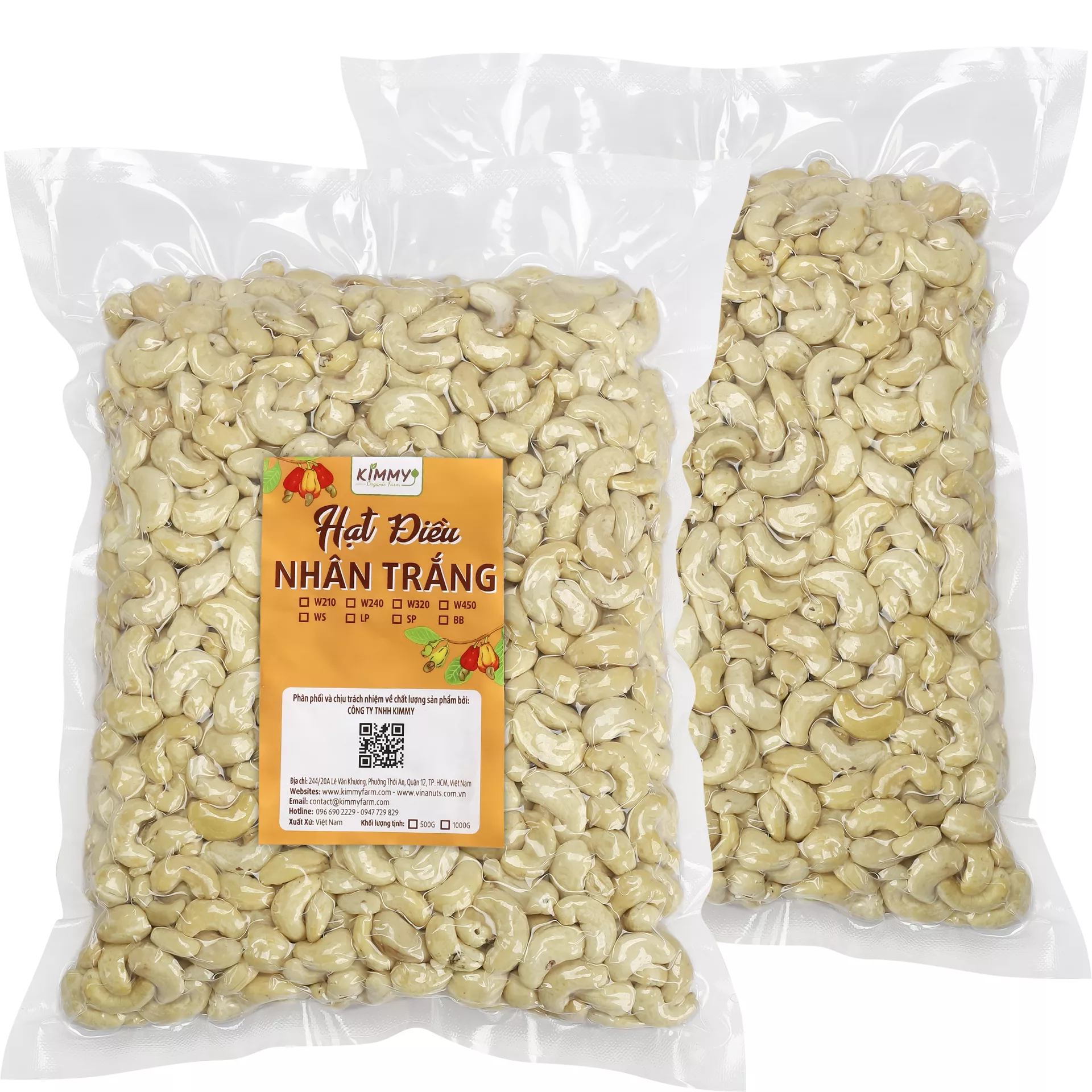In June of this year, the Cambodian Ministry of Commerce unveiled its National Policy on Cashew 2022–2027, an ambitious initiative with the goal of transforming Cambodia into a prominent cashew-producing, processing, and exporting nation. This comprehensive policy is designed to enhance cashew production, foster the development of processing facilities, and promote exports through market diversification and trade facilitation programs. The ultimate vision is to elevate Cambodia’s cashew processing capacity from its current 5% to 25% by 2027 and an impressive 50% by 2032.
National Policy on Cashew 2022–2027
The introduction of the National Policy on Cashew 2022–2027 marks a pivotal moment in Cambodia’s cashew industry. This well-thought-out policy aspires to drive substantial change by increasing cashew output, establishing advanced processing facilities, and expanding market opportunities. By 2027, we can expect a significant leap in Cambodia’s processing capacity.
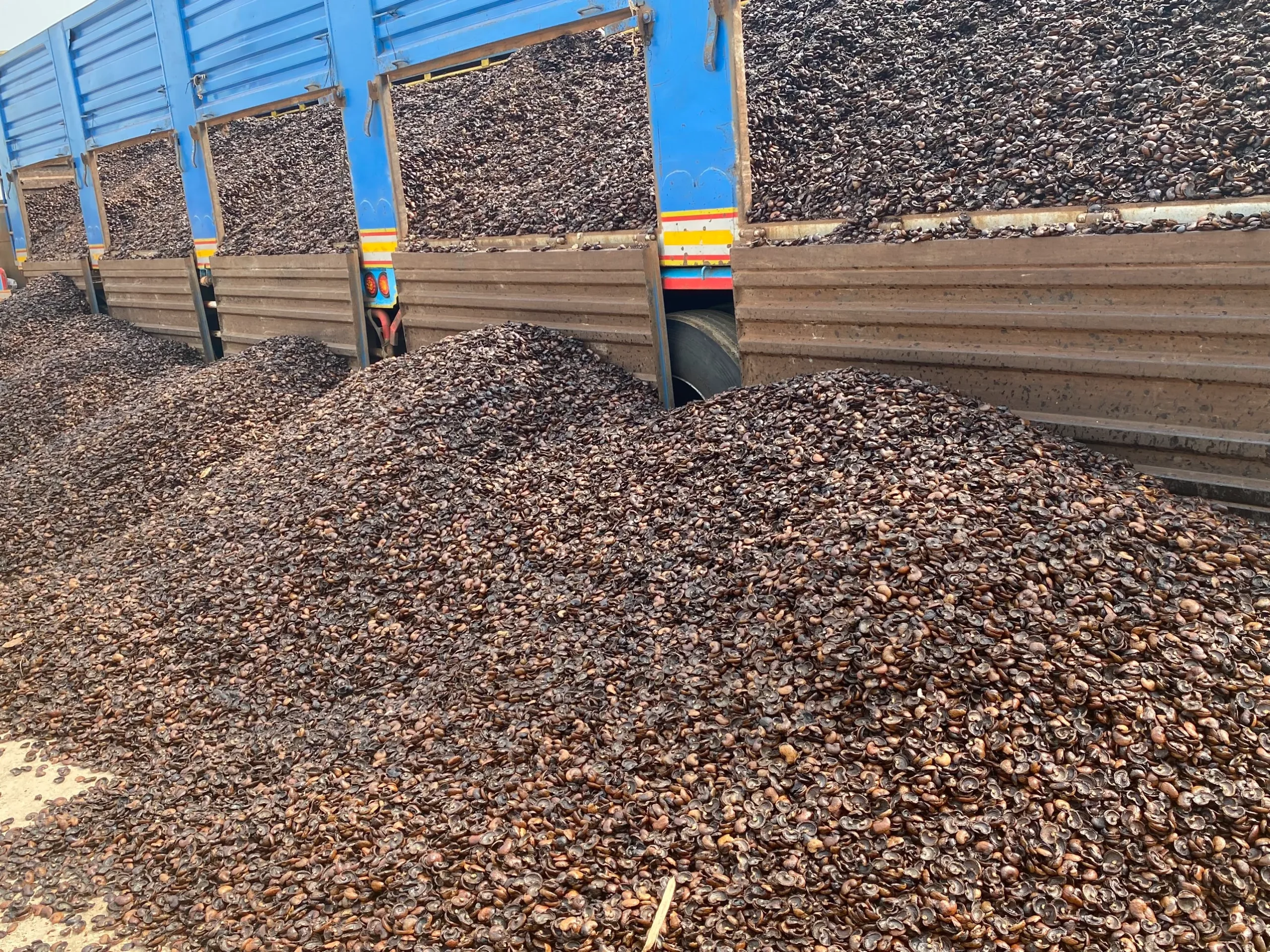
Cashew Processing Plants
Presently, Cambodia boasts approximately 30 small-scale cashew processing plants and three medium-sized facilities in provinces like Kampong Thom, Kampong Cham, and Preah Vihear. However, to meet the 2027 targets, the country will require at least 50 new medium-sized processing facilities. These facilities are vital to scaling up domestic cashew processing capacity.
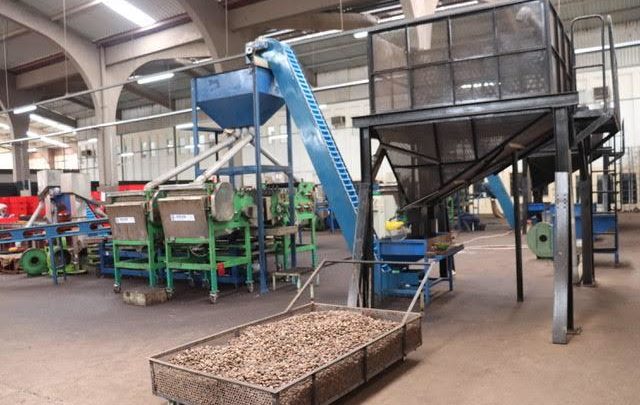
Collaborative Projects
One promising development is the joint venture between local enterprise Chey Sambor Cashew Nut Processing Handicrafts and Japanese partners. This venture includes the construction of a new processing plant in Kampong Thom province. Work is set to commence in October, and the facility is expected to be operational by early 2024. The primary aim of this project is to increase processing capacity by incorporating advanced machinery, potentially doubling the current capacity.
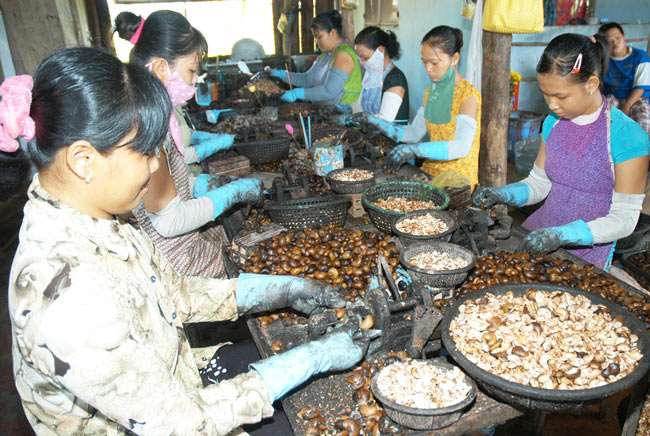
Quality and Pricing
In recent years, Cambodia has witnessed an improvement in the quality of raw cashew nuts, resulting in higher prices. Prices have climbed from $1,200 per metric ton in 2022 to $1,500–1,700 this year. However, the market price for processed cashews has seen a decline, with the average price per kilogram standing at $6.5, reportedly lower than production costs. Industry experts argue that the fair price should be at least $8 per kilogram to cover expenses.
Challenges Faced
Despite the positive developments, Cambodia’s cashew industry has faced challenges. The low market prices have led to a decrease in cashew farming areas by around 100,000 hectares, with some producers opting for alternative crops. In 2022, cashew plantations covered approximately 700,000 hectares, as reported by the Cashew Association of Cambodia (CAC).
Global Export Trends
Cambodia’s cashew exports have seen fluctuations over recent years. In 2019, the country exported 600,000 metric tons, followed by 950,000 metric tons in 2020 and 1.1 million metric tons in 2021. However, exports dipped to 670,000 metric tons in 2022 due to adverse weather conditions affecting output.
Export Destinations
The top three destinations for Cambodia’s raw cashew exports are Vietnam, Japan, and China. Vietnam receives nearly 95% of Cambodia’s total exports. Globally, approximately five million metric tons of cashew nuts were harvested in 2021. Cambodia led the way with 24%, followed by the Ivory Coast (22%), India (16%), and Vietnam (8%).
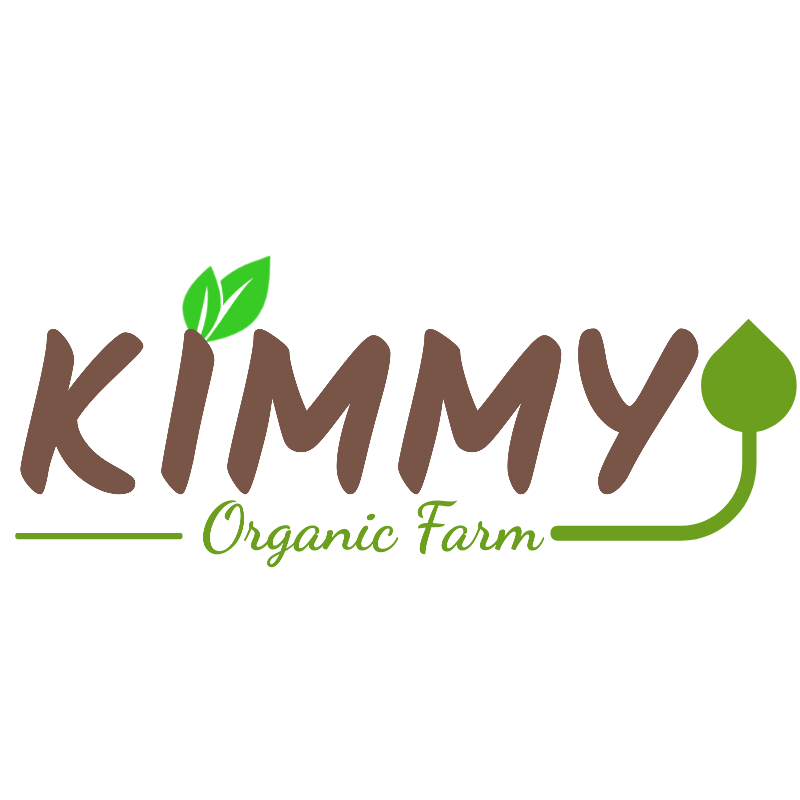
A brand specializing in the production and export of agricultural products in Vietnam. We have a black soldier fly farm in Tay Ninh and a cashew growing area in Binh Phuoc. The main export products of the company are: cashew nuts, cashew nut kernels, black soldier fly, frozen seafood, shrimp, prawns, catfish… from Vietnam.

